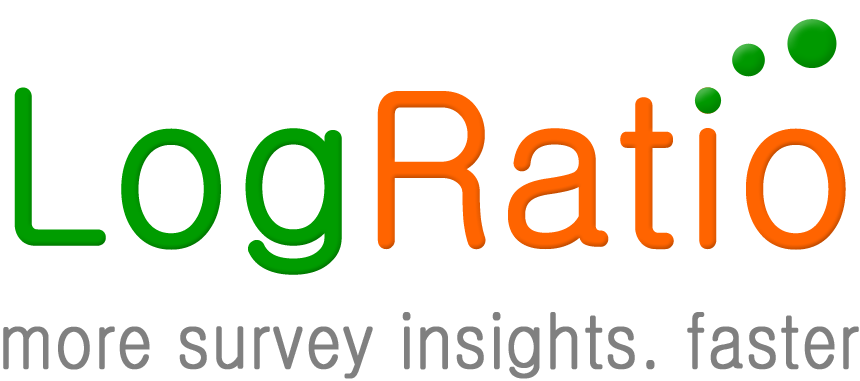Descriptive surveys are traditionally used to measure the intensity of the problem object of the study.
This is by far the most common kind of marketing research study. Typically of a quantitative nature, descriptive research can help in making predictions and estimates. However, only when we know exactly what we want to measure can we plan a descriptive study design that will produce trustworthy, useful information.
Descriptive research does not explain the nature of the problem. It rather seeks relationships in the data to describe the problem in a measurable way. These relationships can prompt useful ideas in the mind of the researcher about how to solve business issues.
Well-designed descriptive studies begin with a clear formulation of the research questions, often based on knowledge acquired in advance by means of exploratory studies. It must be very clear what has to be measured and how to measure it.
Given that the goal of descriptive research is to provide answers to specific questions, it is important to describe in a detailed manner where to find the information we need and how to collect it. These two aspects are referred to as the population and the methodology of the study. Their accurate description helps in reducing the risk of contaminating the survey results with sources of systematic, non-random errors.
Try LogRatio’s fully automated solution for the professional analysis of survey data.
In just a few clicks LogRatio transforms raw survey data into all the survey tables and charts you need,
including a verbal interpretation of the survey results.
It is worth giving LogRatio a try!
Examples of descriptive studies include:
-
- Description of the consumption habits of women using hairstyling salons
- Acceptance of a new product formulation – Link to Product test
- Prescribing habits of specialist doctors when treating transplant patients – Link to Habit test
- Purchase behavior of men when buying products for hair growth
- Description of the perceived profile of a brand of bottled water among retired people
- Preferred price level for a new pharmaceutical product for smoking cessation – Link to Pricing test
- Performance measurement of advertising concepts for a new automobile – Link to Copy test
- Description of the Italian shoe market by means of panel data – Link to Panel study
- Brand awareness measurement among washing machine users
- Customer satisfaction measurement among owners of different brands of cars – Link to Customer satisfaction
- Employee satisfaction with the company they work for – Link to Employee satisfaction
Sometimes referred to as ad-hoc studies, descriptive research uses a broad range of different kinds of studies, each though for a specific case. For instance:
-
- Concept Test – Validity of an idea, slogan, product concept, etc.
- Product Test – One or more products compared on technical performance.
- Blind Product Test – Anonymous, respondents do not know the name of the brand they are judging.
- Identified Product Test – Identified, respondents do know the name of the brand they are judging.
- Usage & Attitude Study – Usage of and attitude towards one or more products or concepts.
- Copy test – The marketing research method used to identify the preferred advertisement by a given audience.
- Price Test – Customer sensitivity to price changes.
- A/B Test – Measures the performance of two or more variations of the same message, concept, product, or else.
- Habit test – Measures customer behavior in order to find ways to influence it.
- Satisfaction Survey – Measures the satisfaction level of customers, employees, dealers, etc. with a company, product, etc.
- Ethnographic Study – Observation of user behavior.
- Change Usage Study – Tests whether a given target group perceives the product changes.
- Re-launch Brand Evolution Study – Perceived utility of product changes.
- Advertising Awareness Study – Tests the deep memorization of brand awareness.
- Change Awareness Study – Measures the difference in recognition between brands or campaigns.
- Comprehension & Reaction Study – Comprehension and reaction to one or more messages.
- Sensation Transfer Study – Of a testimonial, packaging, selling idea, etc.
- Sniff Test – Reaction to product smell.
- Look & Handle Test – Reaction to package handling and look.
- Brand Image Test – Measures the image and tests any corrections compared to the ideal brand.
- Overall Related Recall Test – Overall recall of a message.
- Day After Recall Test – Recognition and memorization of ads within 24 hours from airing.
- Eye Tracking Test – Analysis of visual behavior, e.g. with ads, websites, etc.
- Micro-Market Study – Target users buy (with a card) from a pool of points of sale (POS) for a given time.
- Parallel Placement Test – Respondents shop in a virtual point of sale then answer an interview.
- Assessor Test – Estimates market shares. Like PPT + TV-Spot.

